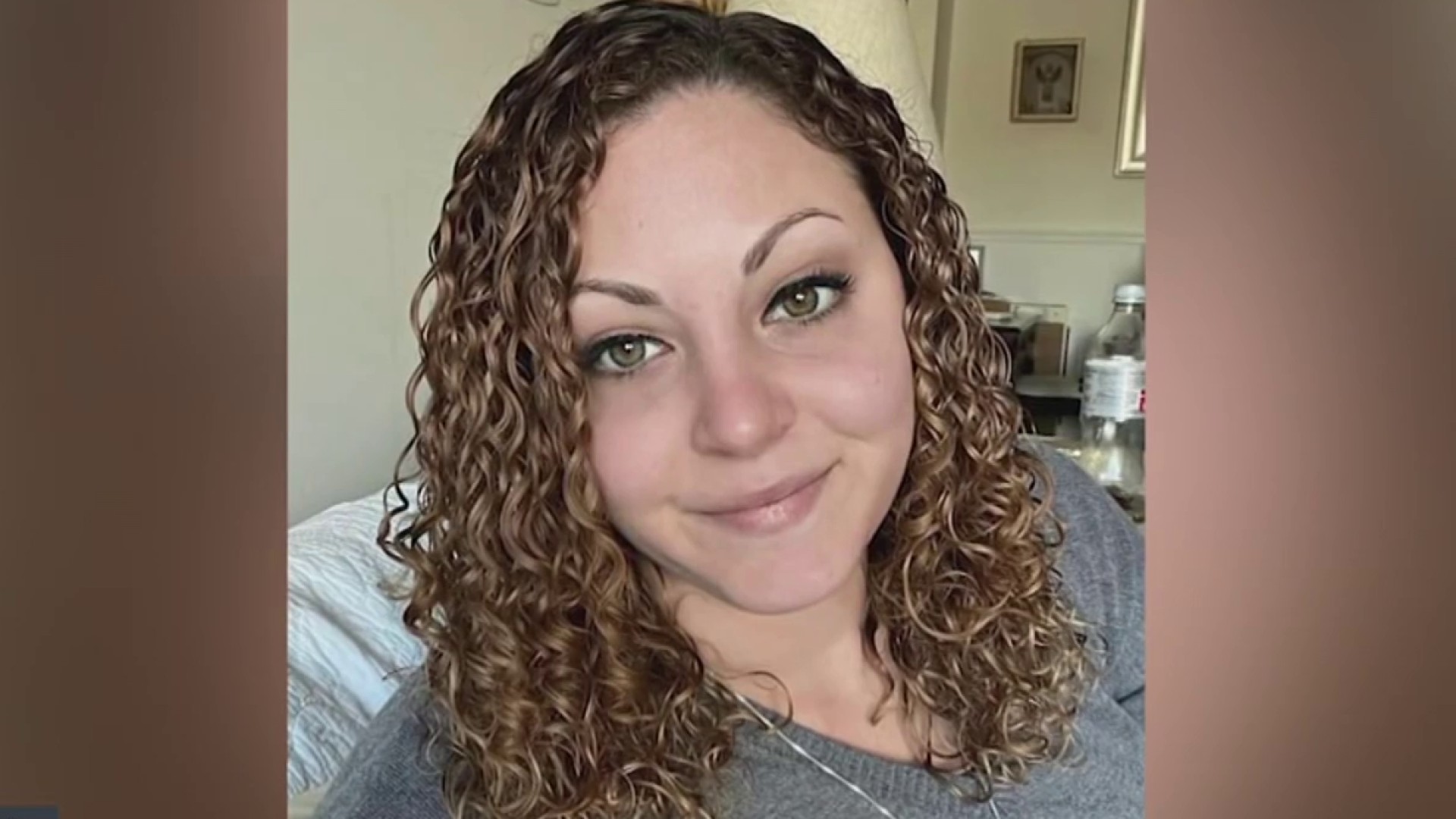With her red bucket and long stick, you might not notice Cindy Serman this summer – until you hear her laugh.
Her laughter is infectious and she has a lot to be happy about. “I love it. It’s the best job ever,” she told us with a chuckle.
Her job is to clip little bottles to the end of an old broom handle and dip them into the waves at eight different locations along Maryland’s Atlantic Coast.
She’s been using the same broom handle for 26 years, collecting bacteria samples to see if what’s in the water could make you sick.
The News4 I-Team took the results Cindy and dozens of other scientists like her have been collecting in the last five years to make this map, showing you what they found and how often our local beaches have “swimming advisories.”
.large div.leadMediaRegion {border:none} .large .leadMediaRegion.city_module iframe {height:600px;}
Note: A result of "0" means there was little to no bacteria.
Experts say swimming advisories are typically issued when samples have an average of 104/100ml or more.
The data shows Maryland and Delaware have some of the cleanest beaches in the nation, with Delaware averaging about one advisory a year, typically at Rehoboth.
Local
Washington, D.C., Maryland and Virginia local news, events and information
But the state didn’t have any problems at all last year.
In Maryland, they do have an occasional swimming advisory along the Chesapeake Bay.
But Maryland's "ocean" beaches, stretching from Fenwick Island to Assateague, have never had a swimming advisory in the history of the program.
And that makes Bob Mitchell laugh out loud with happiness.
As the Director of Worcester County’s Environmental Programs, he’s Cindy’s boss. "The ocean is free of any problems here," he told us.
Mitchell credits a combination of how ocean currents sweep away dirty water and how the county works hard to prevent runoff from spilling into its waterways, along with careful monitoring of its sewage treatment plant.
"The Town of Ocean City takes a heck of a lot of care on the natural environment of their beach," Mitchell said.
His guffaws made Kathy Brohawn laugh during her interview. She runs the federally funded BEACH program for Maryland's Department of Environment.
"In Maryland, we no longer have any beaches near what's called combined sewers, where the waste water and sewer are in the same pipe,” she explained. “That doesn't occur in Maryland anymore, so most of our beaches are very clean and not contaminated by sewers."
By eliminating overflows into the water, Browhawn said, they're getting rid of one of the main sources of human waste carrying nasty stuff like Salmonella and norovirus.
That's why Cindy keeps dipping at the spot where the waves can knock you over, forcing you to take an unexpected gulp of water. “When you get submerged, where you have the opportunity to swallow,” she said. “When you ingest bad water, it can make you ill."
And she plans to keep on dipping in, to make sure the only thing you ever catch here is her laughter.



